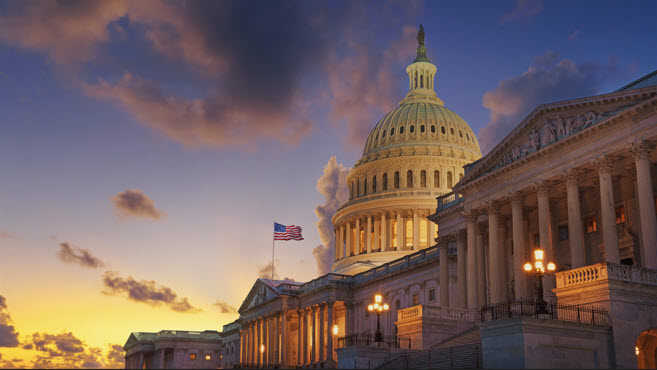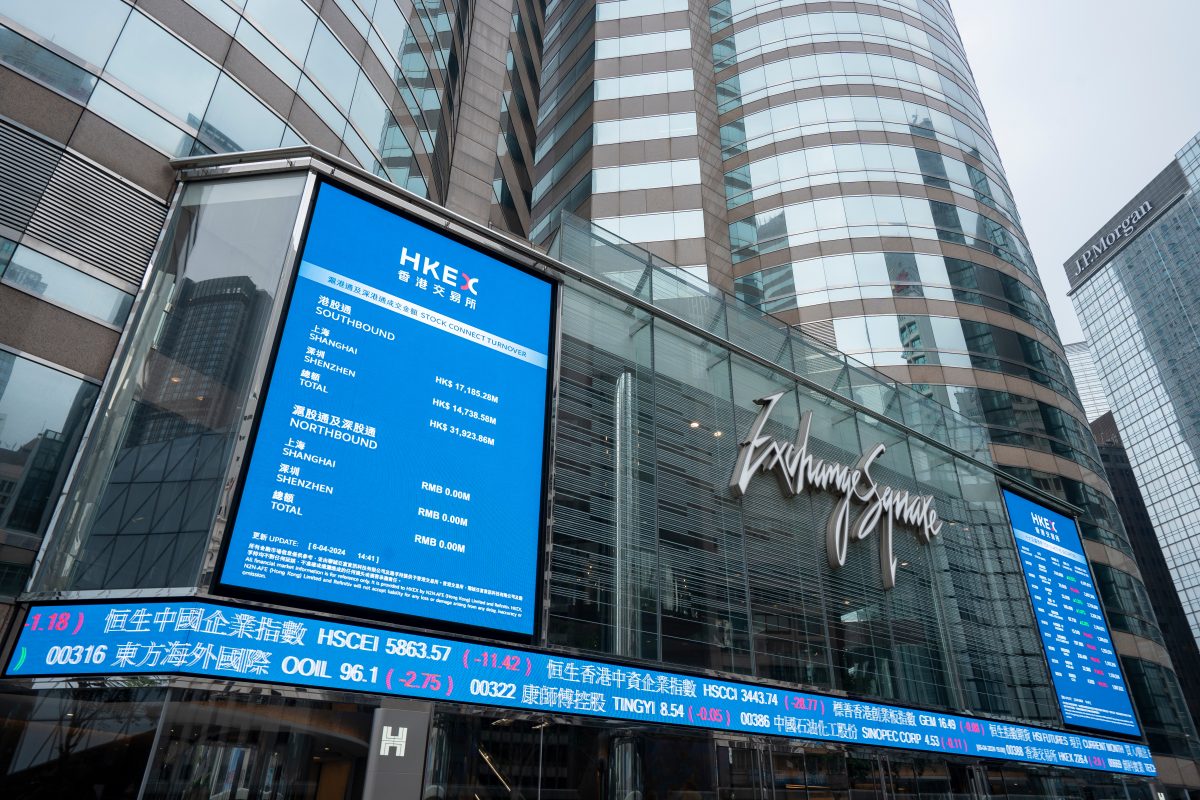US elections often play a significant role in shaping the sentiment of financial markets, particularly the stock market. The stock market reacts to elections because political outcomes directly influence government policy, regulation, taxes, and international trade—key factors that affect corporate earnings and economic growth. While each election has unique characteristics, there are consistent trends and patterns that have emerged in how US elections impact stock market performance.
1. Pre-Election Market Volatility
Uncertainty is a key driver of stock market behavior during election years, particularly in the months leading up to the vote. Investors generally dislike uncertainty, as it makes it difficult to price assets. Since election outcomes are uncertain until results are confirmed, the stock market tends to experience higher volatility during election campaigns. However, volatility is fairly low this time round in the US stock markets and they are trading at all-time highs.
For instance, in the months leading up to the 2020 US presidential election, the S&P 500 saw significant swings, influenced by debates, economic policies discussed by candidates, and the uncertainty caused by the COVID-19 pandemic. Historically, stock market volatility rises in the months before elections as investors adjust their portfolios in response to anticipated policy changes. In the context of this election, history has not really repeated itself as underlying US economic fundamentals have dominated.
2. Market Trends During Election Years
While volatility is a common feature, historical trends show that election years are generally positive for the stock market. According to historical data from the S&P 500 Index, the market tends to rise in most election years, regardless of which party is in power.
- Incumbent vs. Challenger: When the incumbent party is perceived to have a strong chance of winning, the market tends to perform more steadily, as continuity in policies is expected. However, if a challenger is seen as likely to win, there may be more market fluctuations as investors try to anticipate the impact of potential new policies..
Interestingly, the market has often responded positively to divided governments, where one party controls the presidency and the other controls Congress. This reduces the likelihood of extreme policy changes, which can calm market fears.
3. Sector-Specific Reactions
Different sectors of the stock market react to election outcomes based on the policy priorities of the candidates.
- Energy: The energy sector, particularly oil and gas, often responds to elections based on the candidates’ stance on climate policy. Republican candidates, who typically support less regulation, tend to be favored by traditional energy companies. In contrast, Democratic candidates’ focus on renewable energy and climate change often boosts clean energy stocks.
- Healthcare: The healthcare sector is often highly volatile during elections, as policy changes around healthcare reform, drug pricing, and insurance can significantly impact the industry. For example, healthcare stocks fluctuated during the 2016 election as investors assessed the potential impact of Trump’s pledge to repeal the Affordable Care Act.
- Technology: The technology sector generally thrives during periods of lower corporate taxes and deregulation, both policies often associated with Republican administrations. However, tech stocks also benefit from policies promoting innovation, which can be supported by either party.
4. The “Presidential Cycle” Theory
The “Presidential Cycle Theory” suggests that US stock market performance follows a four-year pattern aligned with presidential terms. According to this theory:
- Year 1 (Post-Election Year): The first year of a new presidential term is typically weaker for the stock market, as new administrations often introduce policies that can create uncertainty or short-term disruptions.
- Year 2 (Midterm Year): The second year is also relatively weaker, especially if the new administration introduces controversial reforms. However, markets often recover after midterm elections, particularly if political gridlock is reduced or a clear direction emerges.
- Year 3 and 4 (Pre-Election and Election Years): The third year of a presidential term tends to be the strongest for the stock market. Presidents often focus on boosting the economy to improve their reelection chances or to solidify their legacy. This is when pro-growth policies are likely to be enacted. The market typically remains strong in the fourth year, or election year, as economic growth continues to be a priority.





